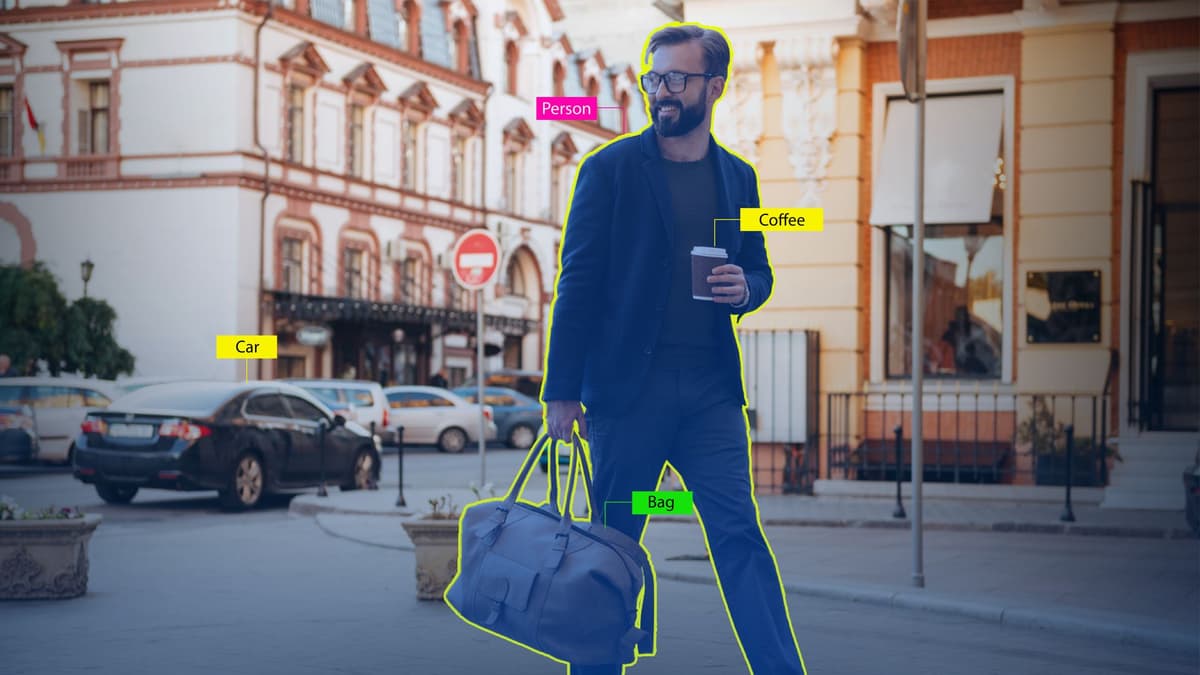Why Labelo is Perfect for Annotating Diverse Data Types

Working with diverse data types—like text, images, video, and audio—is common in machine learning. Each data type presents unique challenges in annotation, requiring specialized tools and workflows. Labelo rises to this challenge with a flexible and unified approach to data annotation, allowing teams to streamline their projects and maintain high-quality results. Here’s how Labelo makes a difference for projects with various data types.
1. Unified Platform for Multiple Data Types
Labelo brings together annotation tools for images, videos, text, and audio on a single platform, minimizing the need for external tools and saving time. The platform provides annotation support across different data formats, from images to audio, making it ideal for projects requiring diverse data types. With Labelo, teams can work on a single tool rather than switching across multiple platforms, enhancing productivity and data consistency.
2. Specialized Annotation Tools
Each data type has specific annotation needs. Labelo includes advanced tools like bounding boxes and polygons for image and video annotation, essential for tasks like object detection. It also offers options for named entity recognition (NER) and sentiment analysis in text, as well as segment labeling in audio. This means teams can annotate across data types without losing accuracy or efficiency, making Labelo a highly specialized and adaptive platform.
3. Customizable Workflows
Labelo allows for fully customizable workflows, which can be tailored to suit different project requirements. This flexibility means that teams can create workflows specific to each data type and adjust processes as projects evolve. For instance, users can set up multi-step reviews, automate tasks, and establish clear guidelines, ensuring that each data type receives the unique attention it requires for accurate annotation.
4. Real-Time Collaboration
Labelo’s collaboration tools allow multidisciplinary teams to work together seamlessly, regardless of location. Annotators, data scientists, and project managers can review and adjust annotations in real-time, improving efficiency and ensuring quality. The platform’s collaborative approach is ideal for teams working on large-scale projects with various expertise areas, making it possible to give and receive feedback instantly within the platform.
5. Built-In Quality Control
Quality control can be challenging across diverse data types. Labelo’s quality control features, such as reviewer workflows and consensus scoring, help ensure consistency across projects. These tools make it easy for project managers to monitor and verify annotation accuracy, particularly when dealing with mixed data types. This functionality helps reduce errors and maintain high standards, leading to reliable, well-annotated datasets that support effective machine learning models.
6. Insights and Analytics
Labelo’s analytics provide valuable insights into annotation progress, task completion rates, and productivity, helping project managers to monitor performance and identify areas for improvement. These insights are especially beneficial in large, mixed-data projects, as they highlight areas where specific data types may require more time or adjustments. This helps teams maintain momentum and ensures all data types are annotated effectively.
Conclusion
Labelo makes data annotation easier, more efficient, and accurate for projects with diverse data types. By combining a unified platform, customizable workflows, specialized tools, real-time collaboration, and robust quality control, Labelo allows teams to manage complex datasets seamlessly. For any machine learning project involving multiple data formats, Labelo is the ideal solution for creating high-quality, consistent annotations that drive better model outcomes.
Labelo Editorial Team
May 16, 2025
Related Post

How to Annotate Text Data for Natural Language Processing (NLP) using Labelo

The Future of Data Annotation: Trends and Innovation

How to Create a Project Template in Labelo

How Labelo Simplifies Data Annotation for Machine Learning Projects in 2025
Related Posts

How Labelo Simplifies Data Annotation for Machine Learning Projects in 2025
Data annotation is a vital step in creating reliable and high-performi...
How to Improve Model Accuracy Through Quality Data Annotation in Labelo
In the rapidly evolving field of artificial intelligence and machine l...
How to Customize Project Review Settings in Labelo
Review Settings in Labelo are essential for managing how tasks are eva...
How to Manage Your Project Annotation Settings in Labelo
Annotation Settings in Labelo allow you to control how tasks are label...